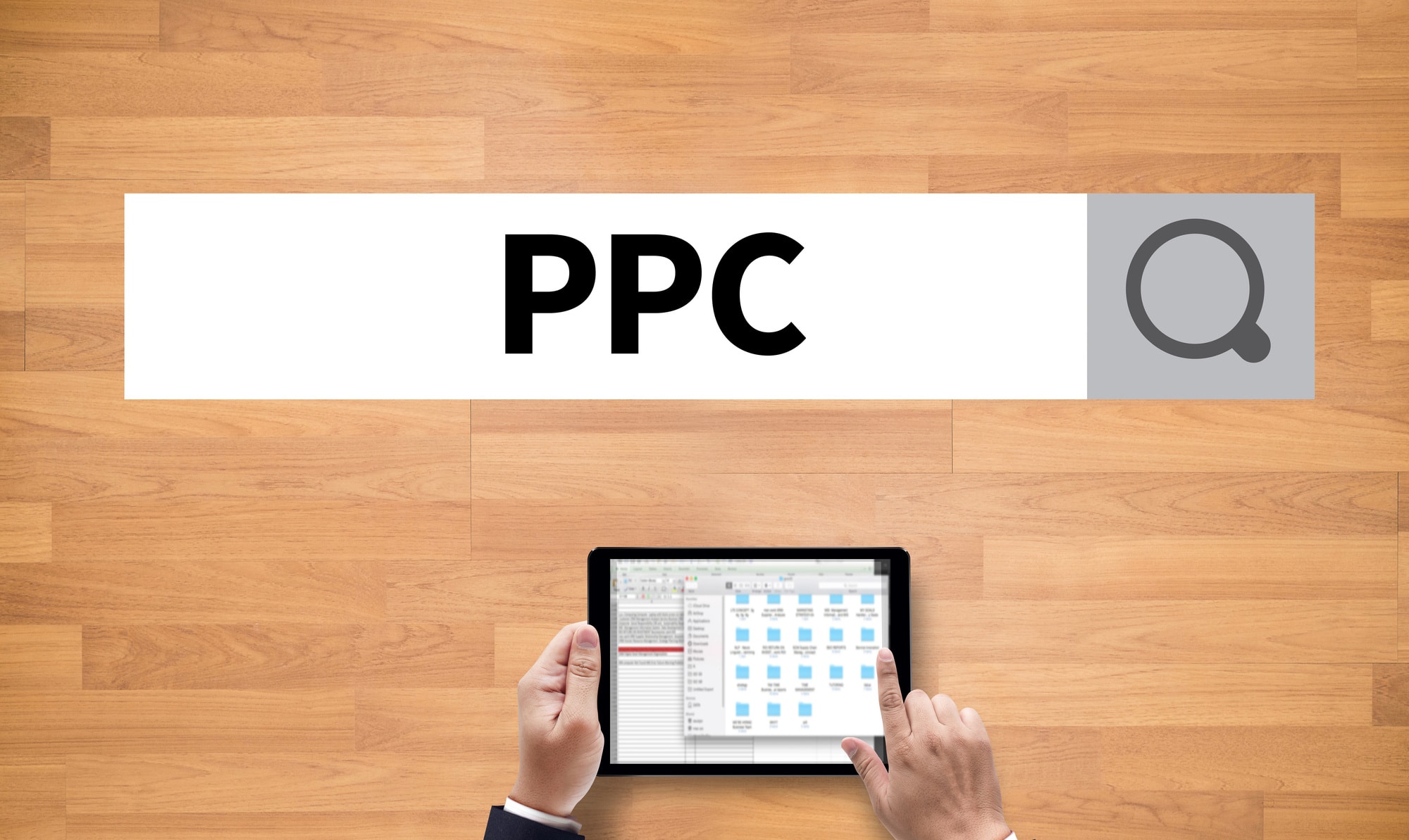Businesses rely on marketing metrics to measure their performance, which helps companies get more leads and increase revenue.
Significant marketing metrics can reveal groundbreaking insights about your company! Other metrics, such as impressions, serve as vanity metrics. They may sound impressive, but getting more impressions won’t change your business.
Many business owners get overwhelmed by the data. What do you need to focus on and what can you ignore?
Only a few marketing metrics will meaningfully impact your business. Keep reading to learn what stats to use when assessing performance.
Engagement Rate
Engagement rate measures how many people engage with your content. High engagement rates indicate higher demand.
You can shift your brand’s focus by analyzing engagement rates across your posts. Look for outperforming content and lean into those ideas.
Low engagement rates suggest your strategy needs refining. You can apply quick fixes, such as including images in your posts. However, some transformations require a more detailed analysis.
Cost Per Lead
This PPC marketing metric measures how much it costs to get a new lead. A lead is not a customer. A lead is someone who expressed interest in your offer.
Some leads schedule appointments while others join your newsletter. Businesses with a lower cost per lead can reach more people.
Review your marketing campaigns and track this metric across each keyword and ad set. Turning off a few keywords and ads can lower costs and improve results. You will also discover your top-performing ads and keywords.
Conversion Rate
Conversion rate measures how many of your leads become paying customers. Optimizing your conversion rate will increase sales and revenue.
Increasing your conversion rate from 4% to 5% will increase revenue by 25%. Small tweaks go a long way.
Some people will blame the ads for low conversion rates. However, ads aren’t always the main culprit for low conversion rates.
The quality of your leads and offers affects this marketing metric the most. Targeted leads will take your offer more seriously. An offer that solves their problems will gain more traction.
Customer Lifetime Value
Businesses invest many resources to turn a lead into a customer. Their offers determine the ROI.
It’s easier to get an ROI with a high-converting $10,000 offer than a high-converting $100 offer.
Customer lifetime value puts this truth into perspective. This marketing metric measures the average value of a customer.
This metric accounts for repeat purchases and buying multiple goods and services. Providing more offers and increasing prices can boost customer lifetime value.
Improve Your Marketing Metrics
Marketing metrics provide a snapshot of performance. Optimizing these metrics keeps costs down while raising revenue.
Improving these metrics take time. Business owners must monitor their data and look for weak points.
Finding strengths helps business owners prioritize what works.
Our services can help you track and improve your marketing metrics. We offer web design and digital marketing services to grow your business. Get in touch with us to see how we can help.











